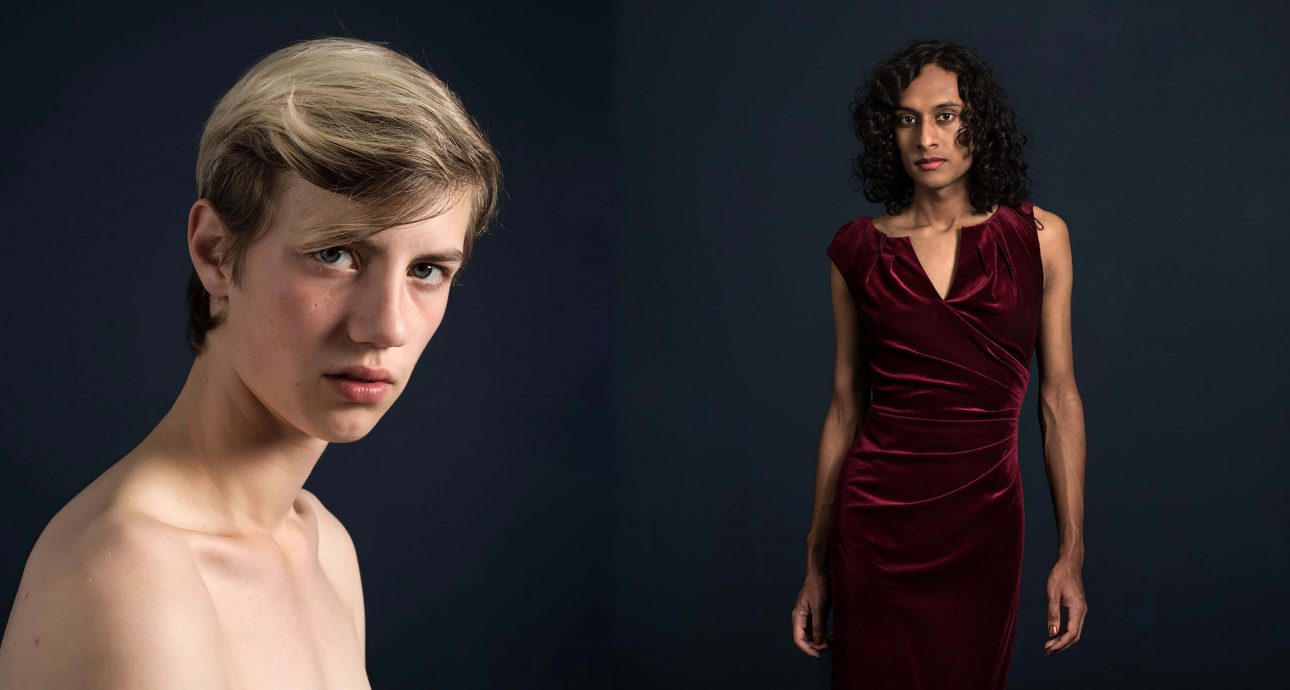
Transition Allowed: Transgender People in Milan Gies’s Project
Photographs from ‘State of Identity’ will be presented in the main exposition, ‘Who Is Next To You,’ of the international festival of contemporary photography Odesa Photo Days 2021. In total, ten authors from seven countries will show their works at the finalist exhibition. The jury selected the participants through an open competition, which the festival held even before the pandemic.
After switching to the online format, Odesa Photo Days will be held live again this year, and its topic is “Breaking the Wall.” The opening of the festival and its main exposition is scheduled for April 22 at the Modern Art Museum of Odessa.
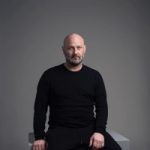
Photographer and teacher at the Photo Academy; based in Amsterdam. Before graduating from the Photo Academy in 2009, Milan was a professional equestrian for many years and received a theatrical education.
— Over the years, many intellectuals have struggled to understand and define the notion of identity. Is identity rigid or more fluid? Does such a thing as a man or a woman exist, or do these labels just serve the purpose of maintaining social order? What if you happened to be born in the wrong body and you have no choice but to confront your initial gender identity?
The series ‘State of Identity’ shows those in search of their gender identity, those in the process of a physical transition. My focus is on the body, posture, and identity. I have a great fascination with bodies and how the body reveals the essence of a person. Often it shows so much ‘load’ that it makes stories possible. This ‘load’ leads me to my subjects, as is the case with this series. In people undergoing a gender transition, the relationship to their body is often complex. However, this complexity is universal, and I try to make it visible through my images. Like my other series, this is a study of how human complexity and inner conflicts manifest through the body.
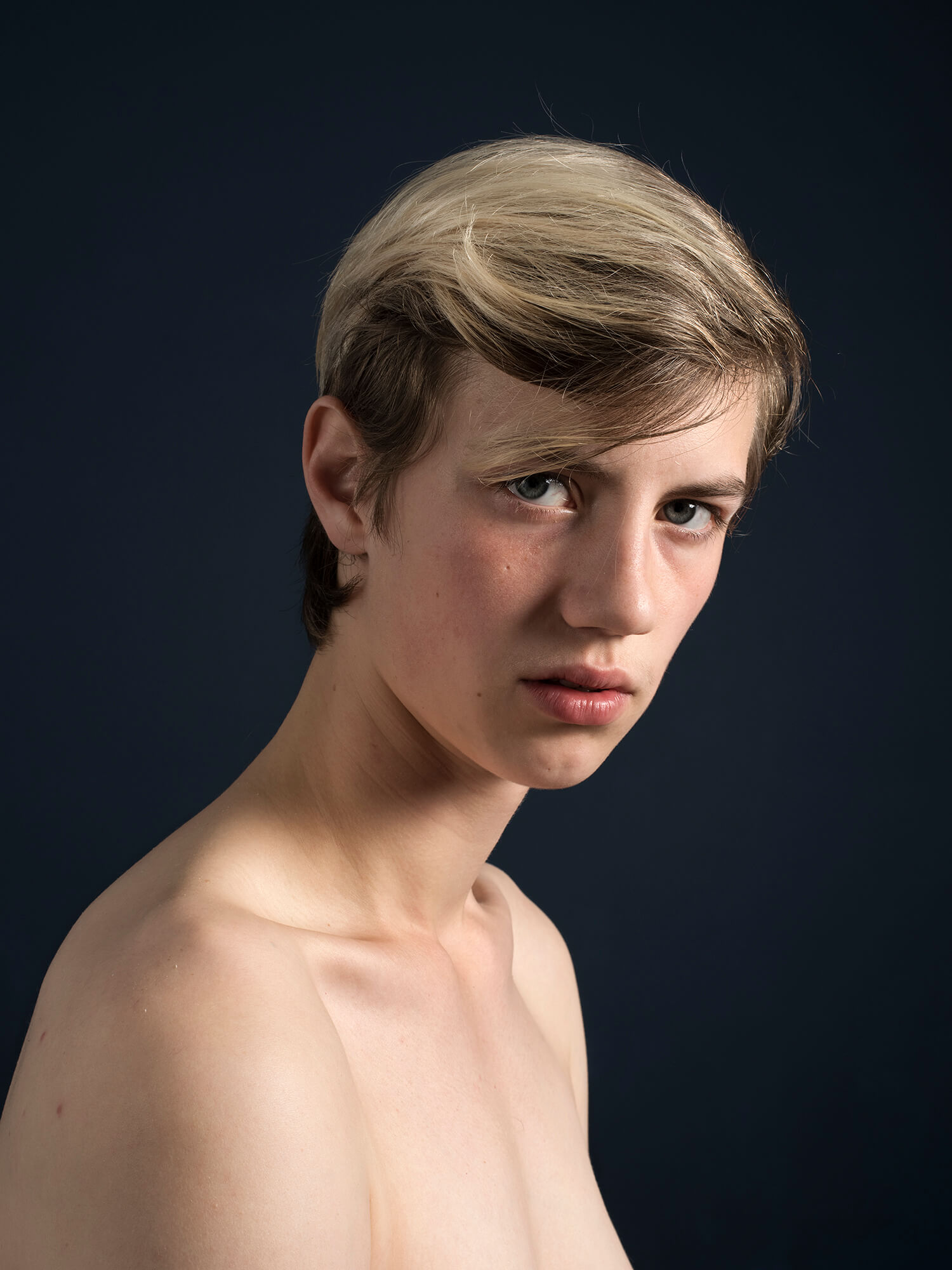
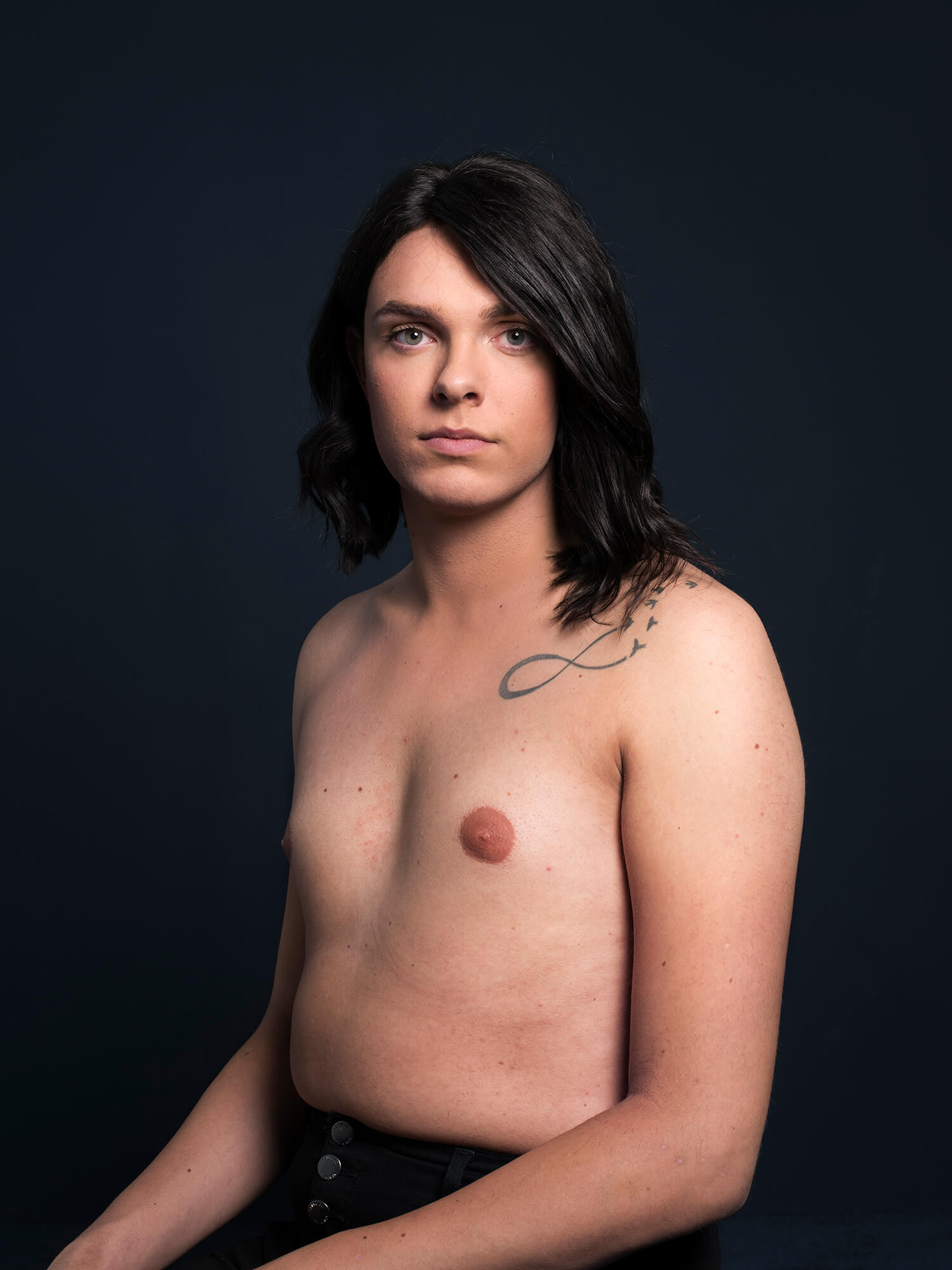
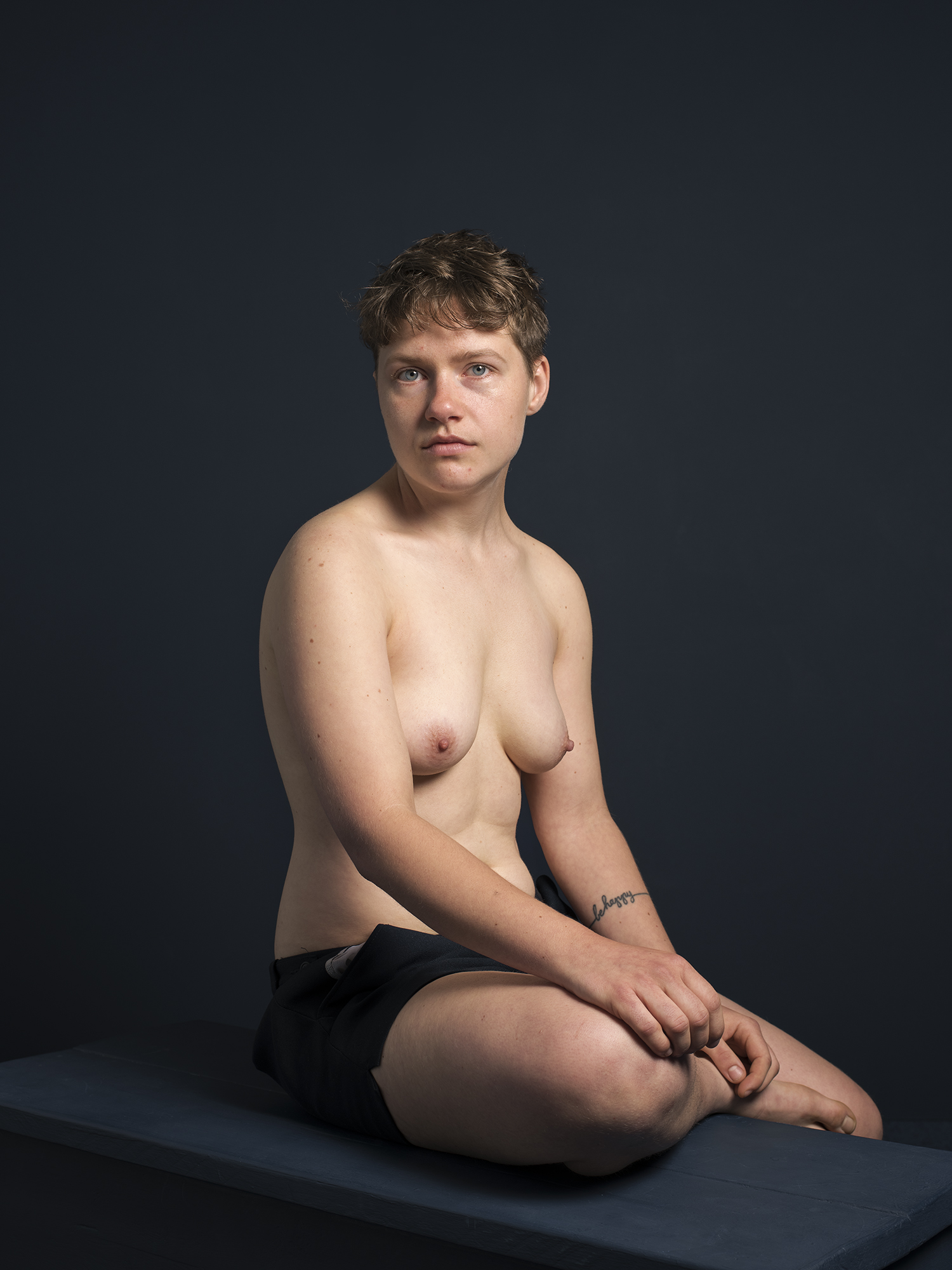
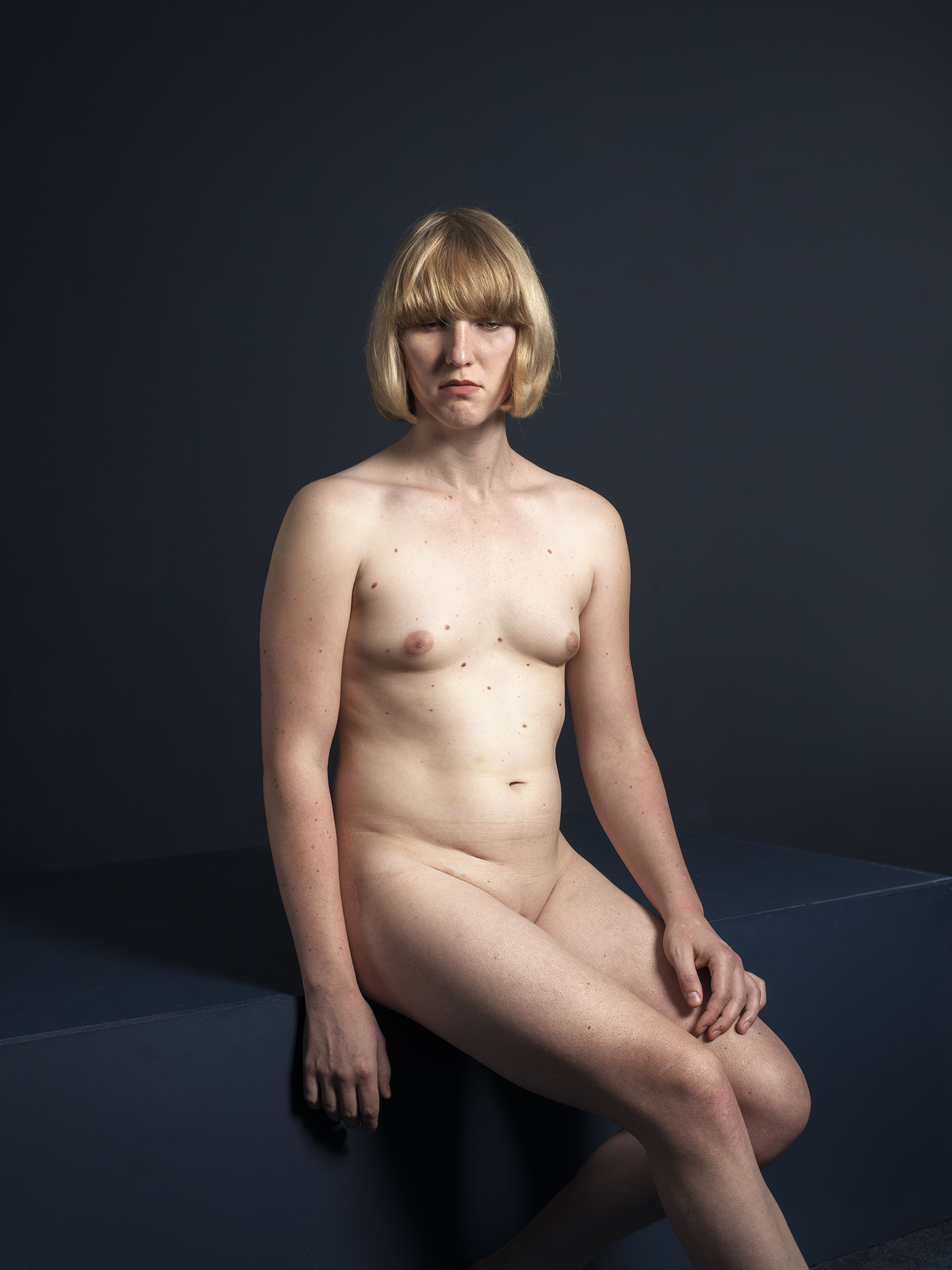
I always work intensively over a long period with the people I portray. Getting into a relationship with them creates trust and makes them feel freer, making it possible for me to get closer. I see them very often to get as close as possible to the core of every model while creating his or her image. The series ‘State of Identity’ contains 34 images of 10 people taken over a period of 8 months.
There is always an autobiographical element in my work; my own experiences with human vulnerability is symbolically reflected in the falling movements and certain postures that characterize many of my portraits. In my choice of subject, I also prefer people who cannot come along well in our performance society or feel like outsiders for whatever reason.
I prefer people who feel like outsiders for whatever reason.
Another thing that characterizes my work is that I strip people as much as possible from all forms of context. I do this, for example, by photographing people naked in a simple studio setting. I do this to invite the viewer to look at the human being as unbiased as possible. Also, I stage actions or postures, such as falling and turning. In this way, the contours of their consciousness disappear, they show themselves to me, and the images arise.
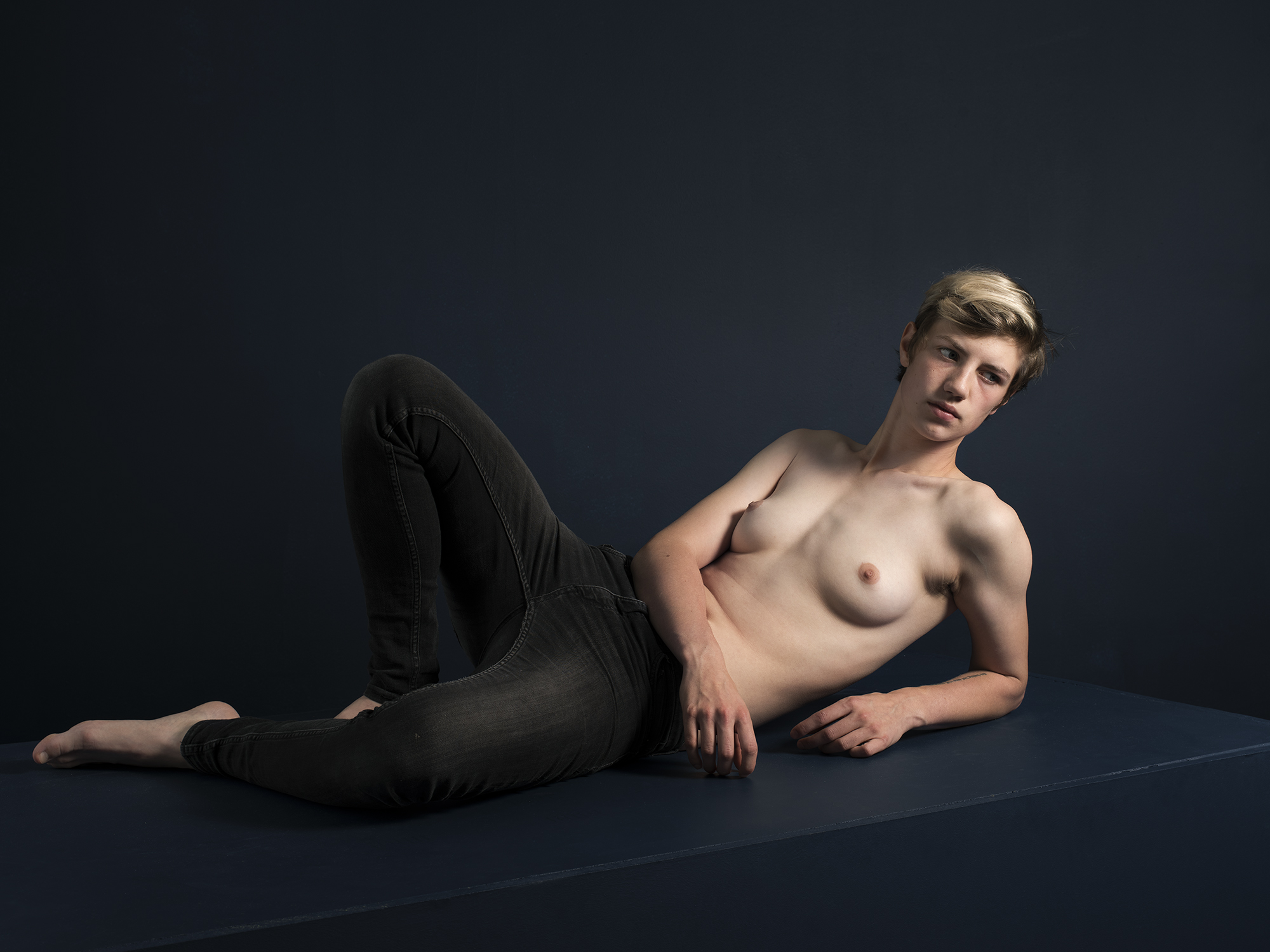
During the eight months that I worked on this series, a strong connection grew with many people I worked with. The group of models expanded over time because they kept referring other people from their community to me, who also wanted to be a part of the project. During the opening of the first exhibition in Amsterdam, everybody assembled together with their friends and family, which created a wonderful sense of connection. I’m still in touch with some of the models.
The most precious feedback that I received a few times was that some of the people stated that in the process of their transition, they felt further ahead in their sense of freedom, comfort, and acceptance during the shoots in my studio than they felt in ‘real life.’
The models felt further ahead in their sense of freedom, comfort, and acceptance during the shoots in my studio than they felt in ‘real life.’
I’ve learned so much during the process of making this series — about the process of gender transitions in general, but even more about how people experience their identity. Probably the most important insight was the discrepancy between how society tends to classify when it comes to gender identity and the individual experience, which is usually so much more nuanced and fluid.
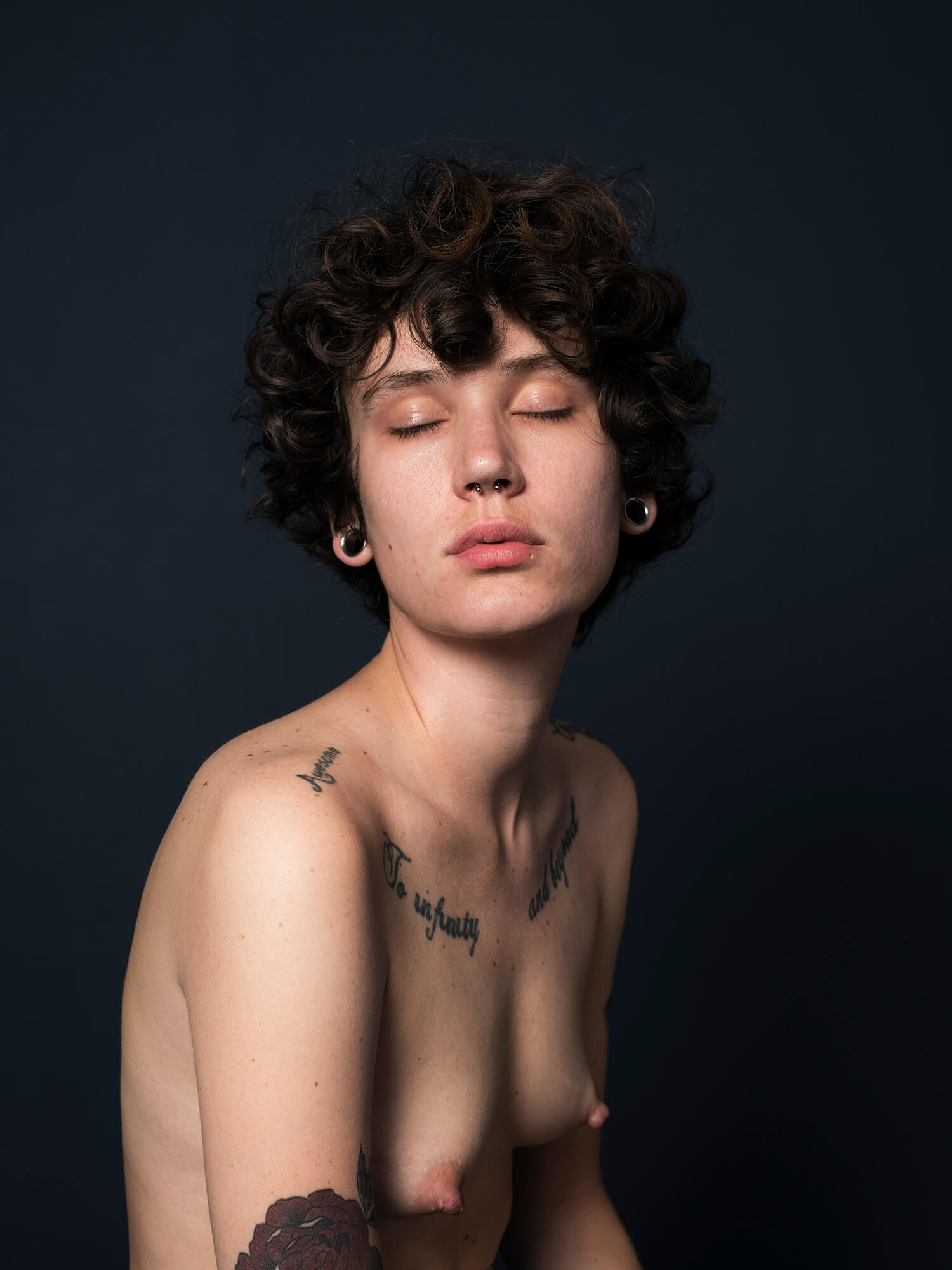
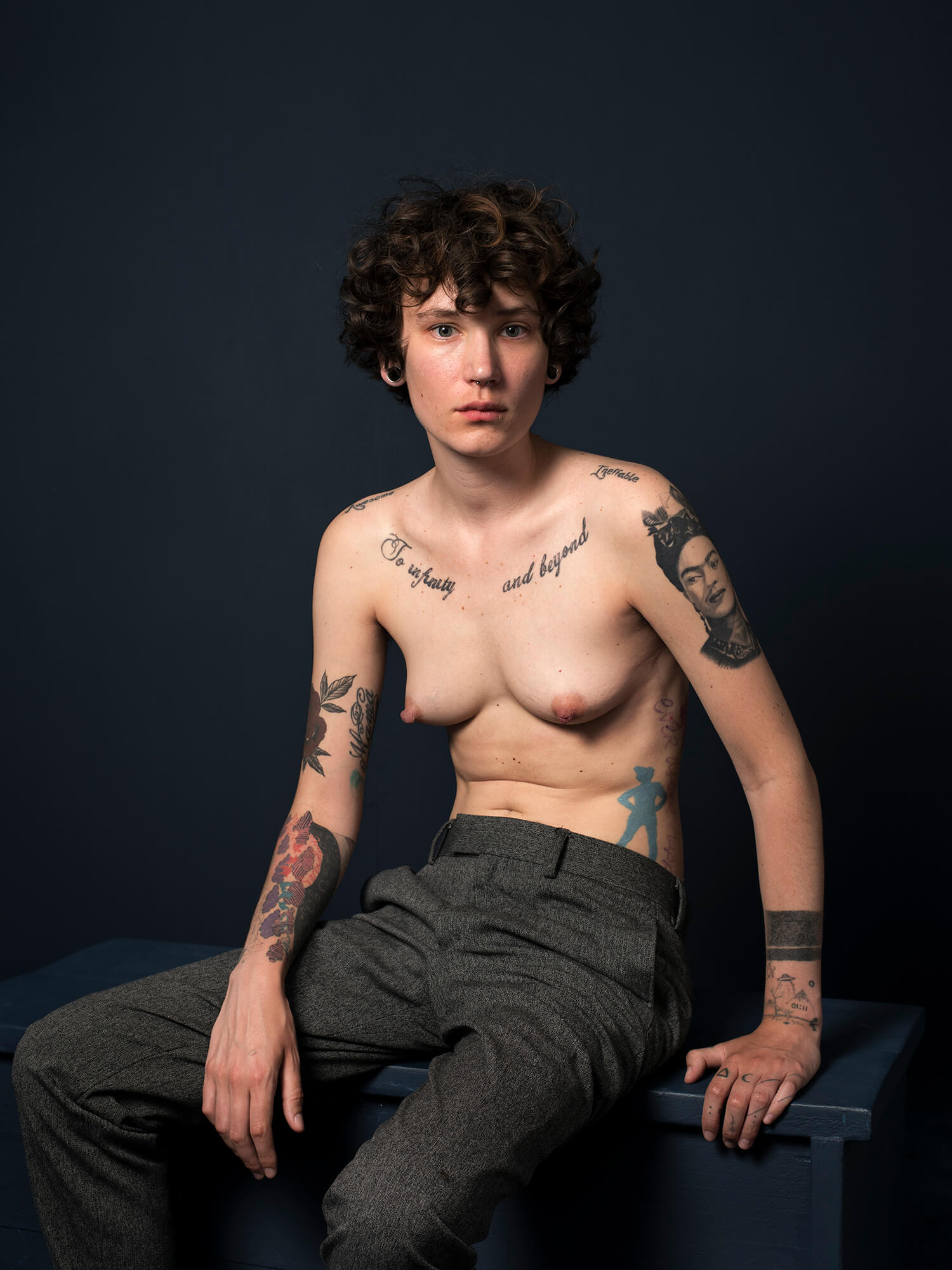
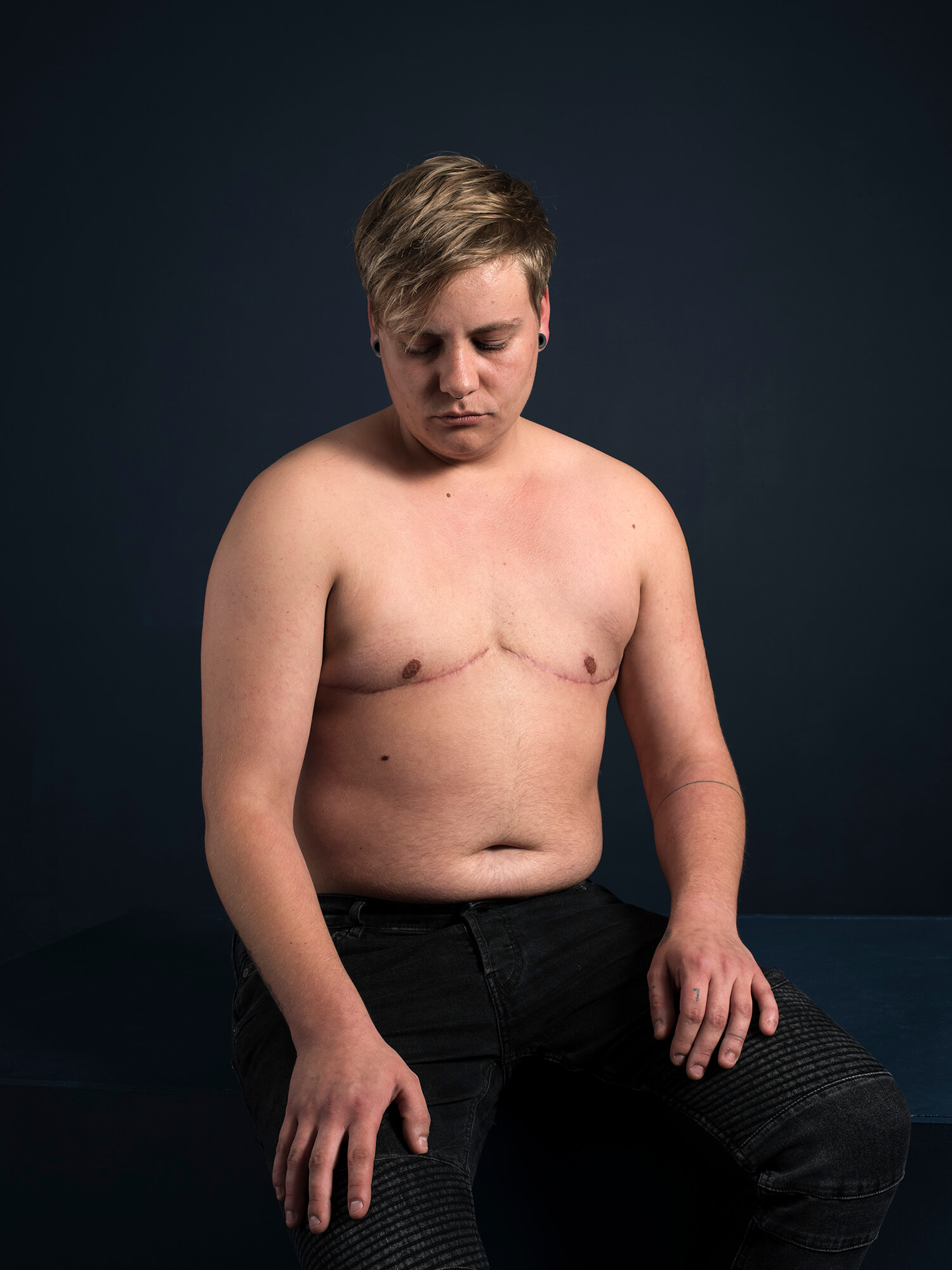
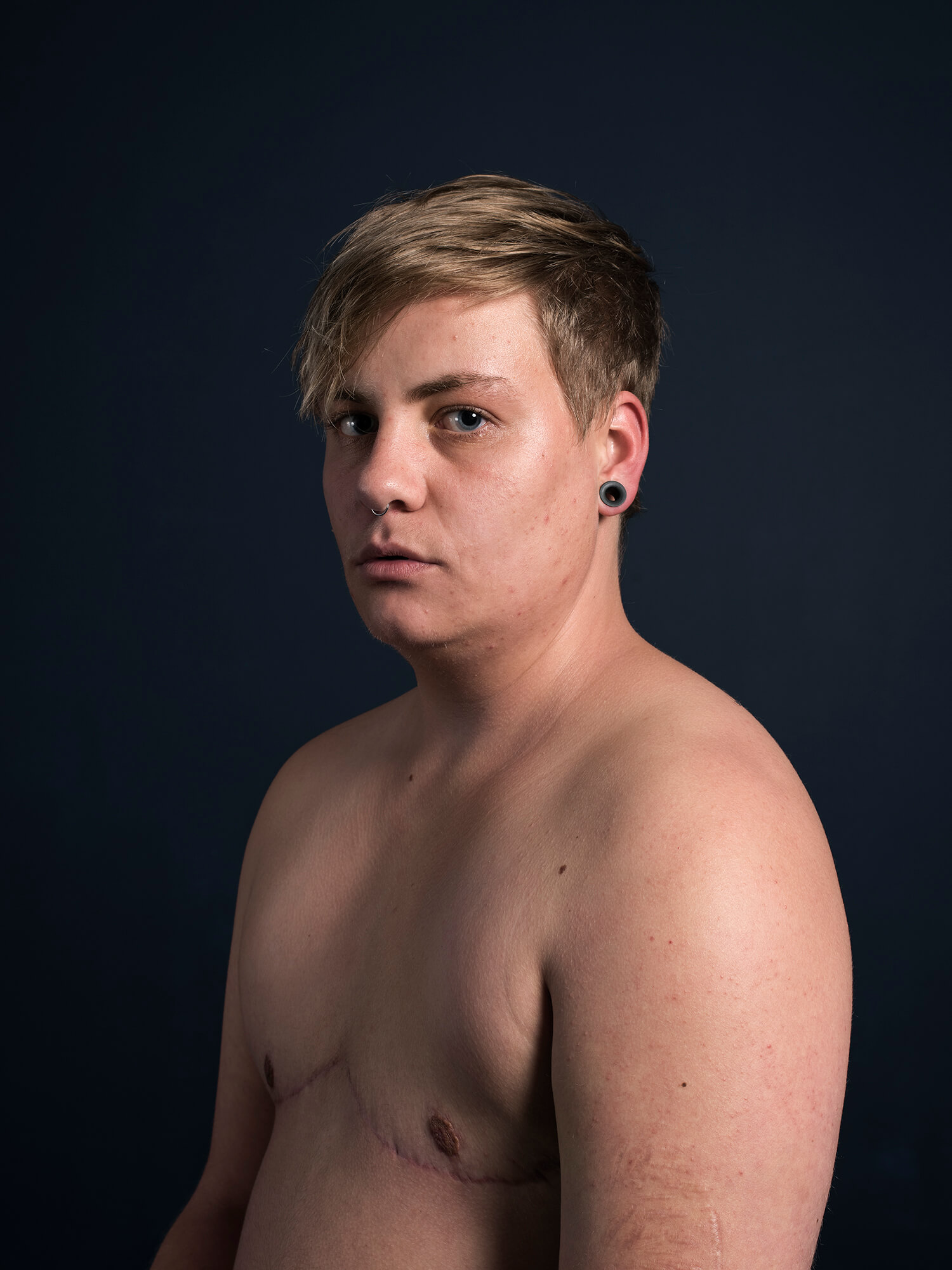

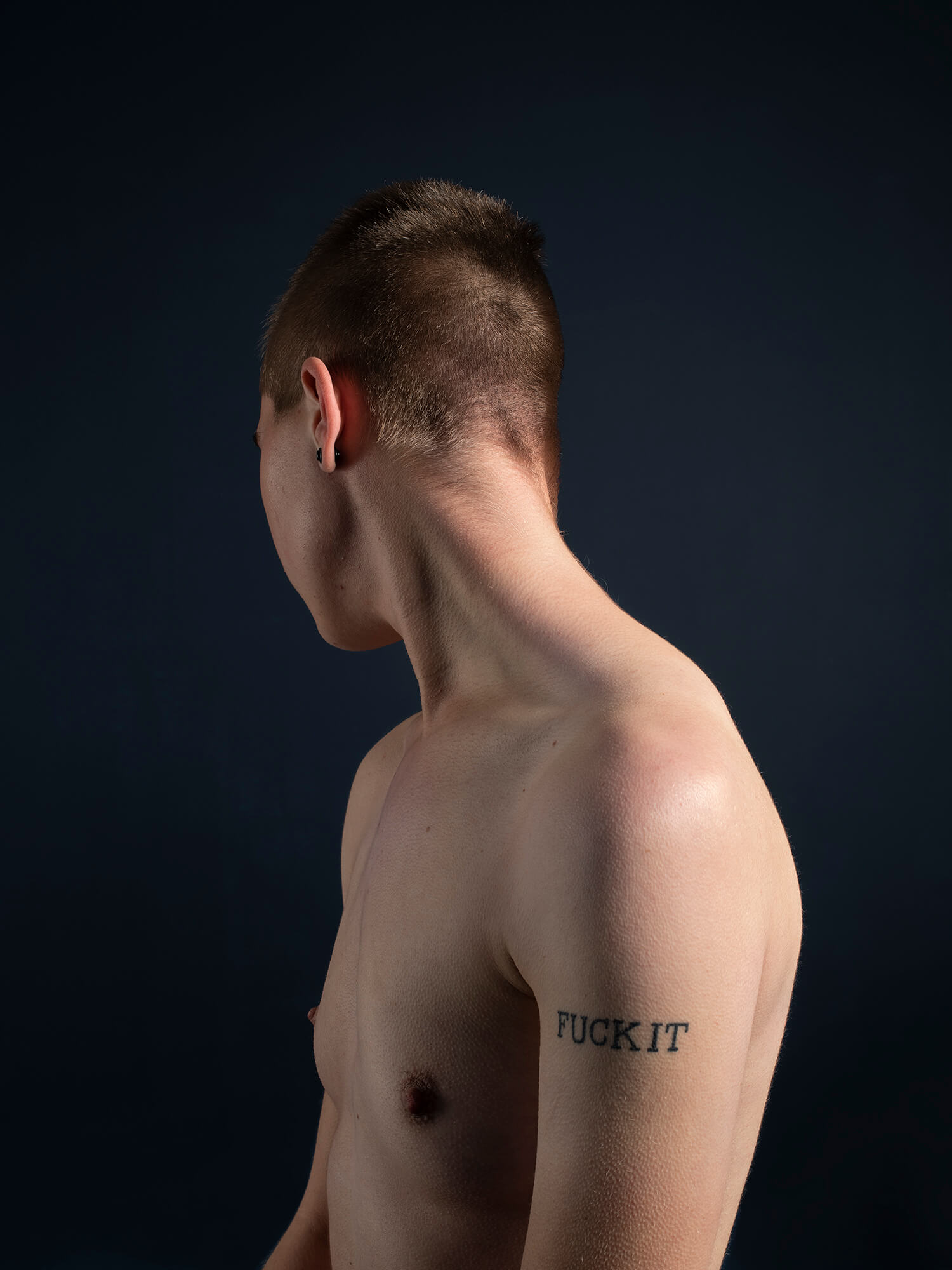

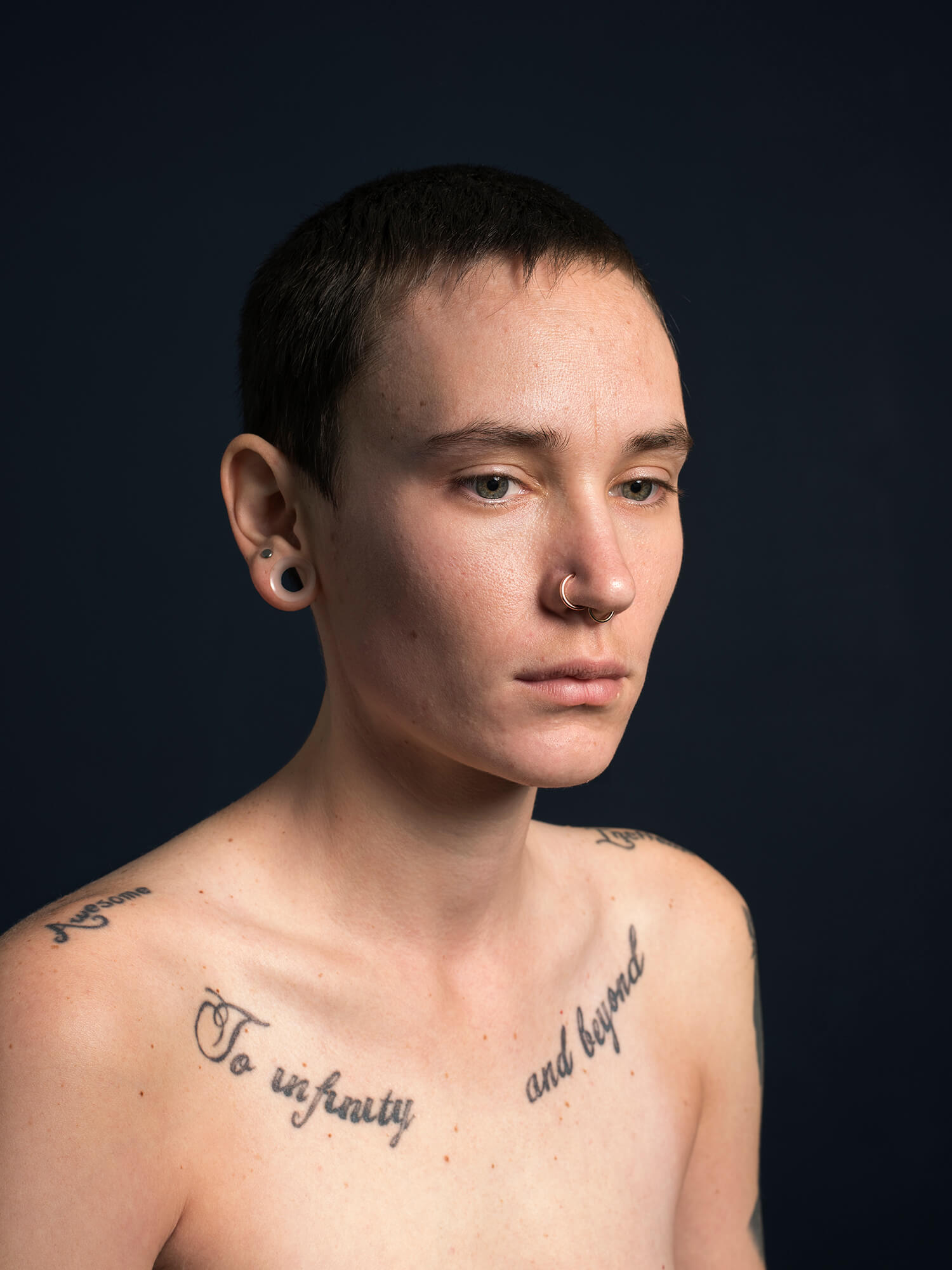
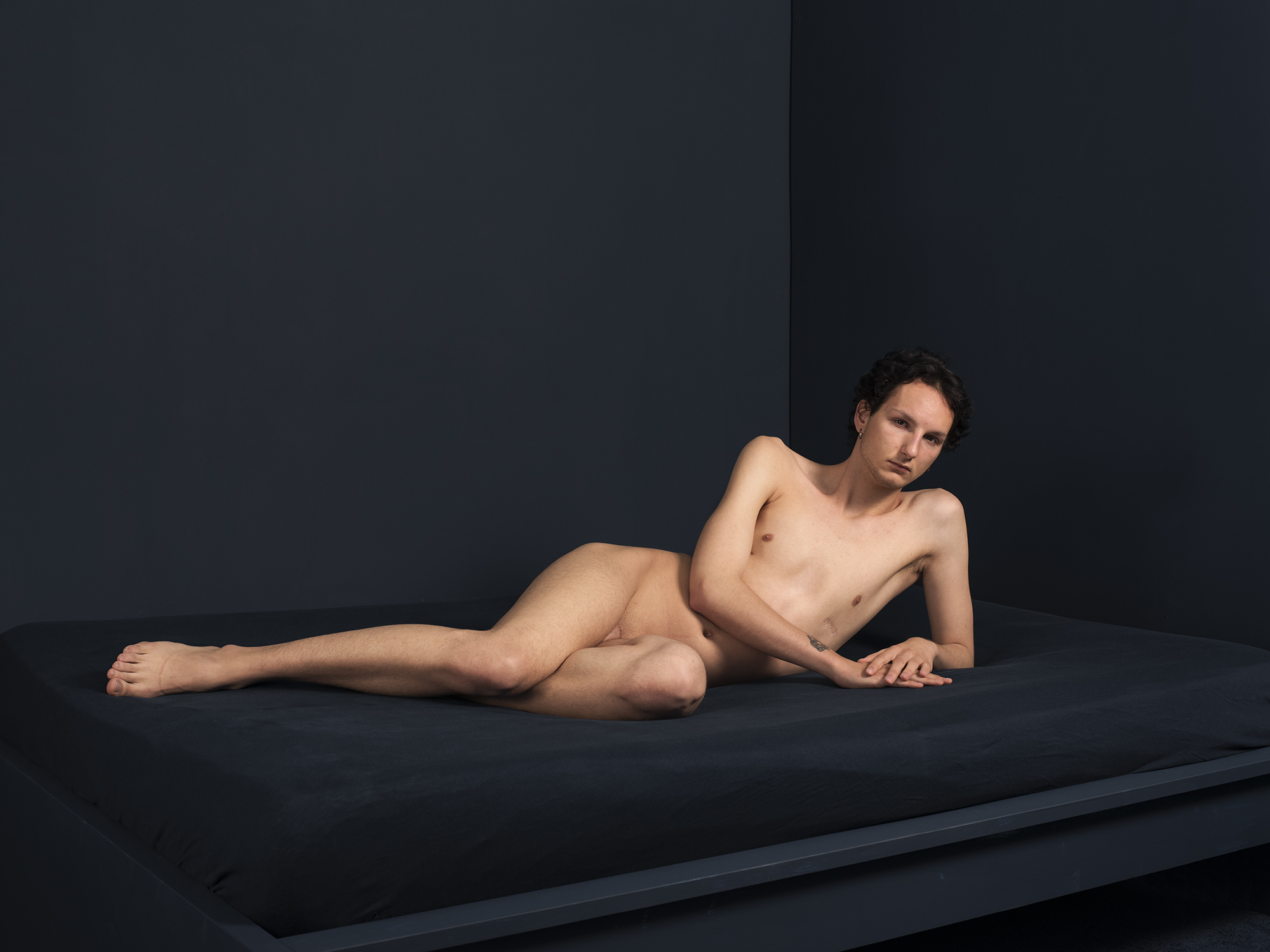
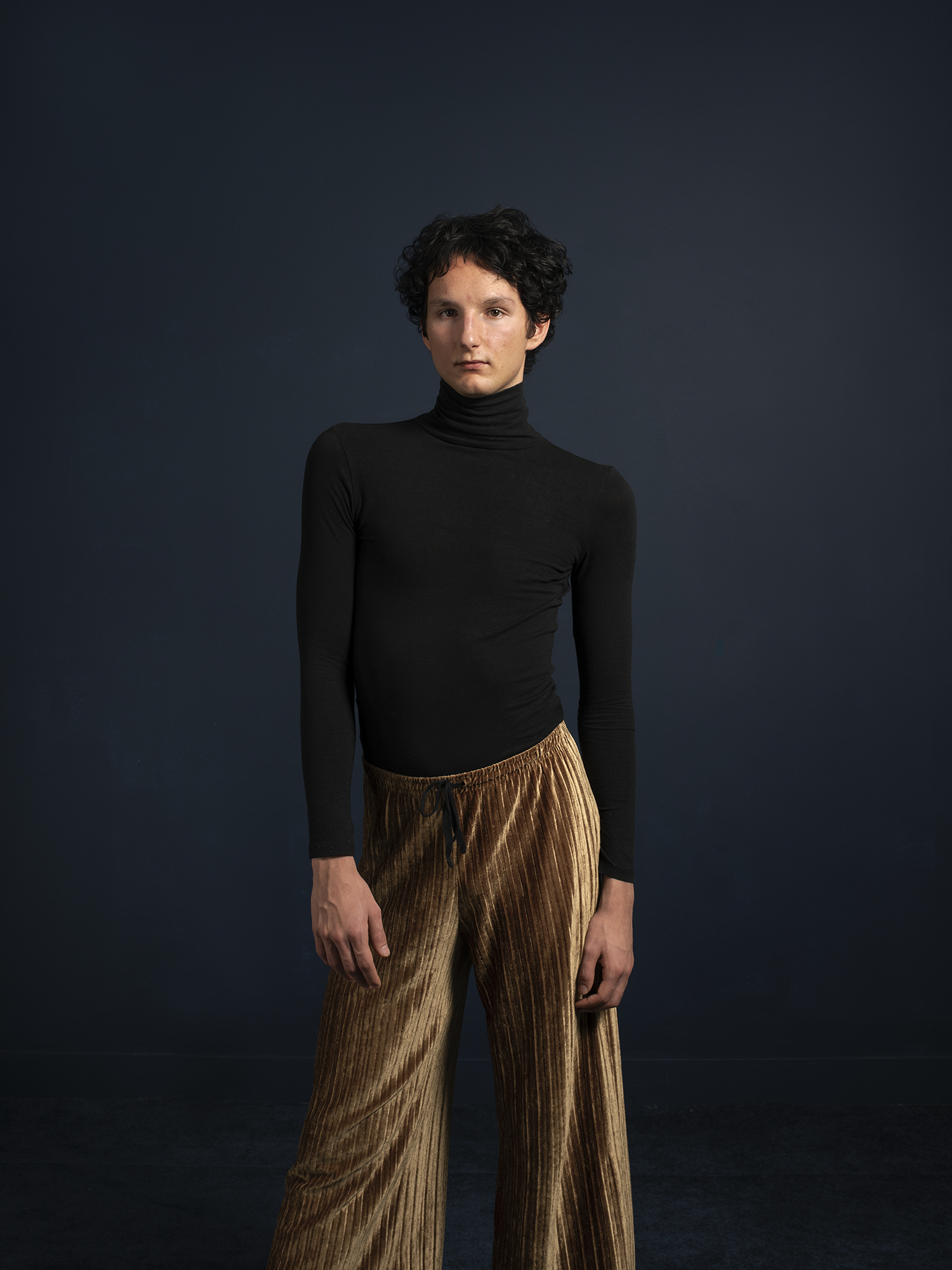
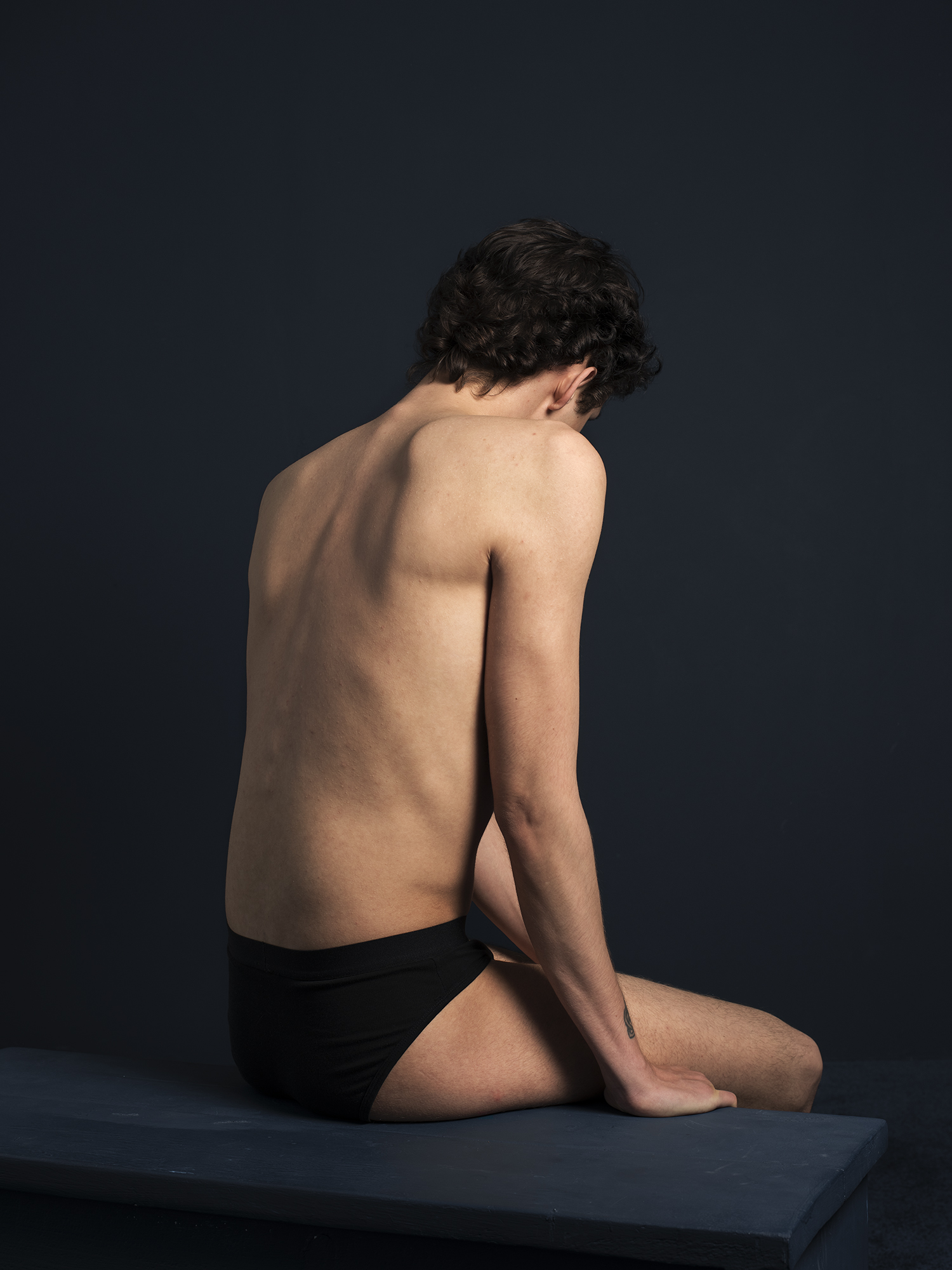
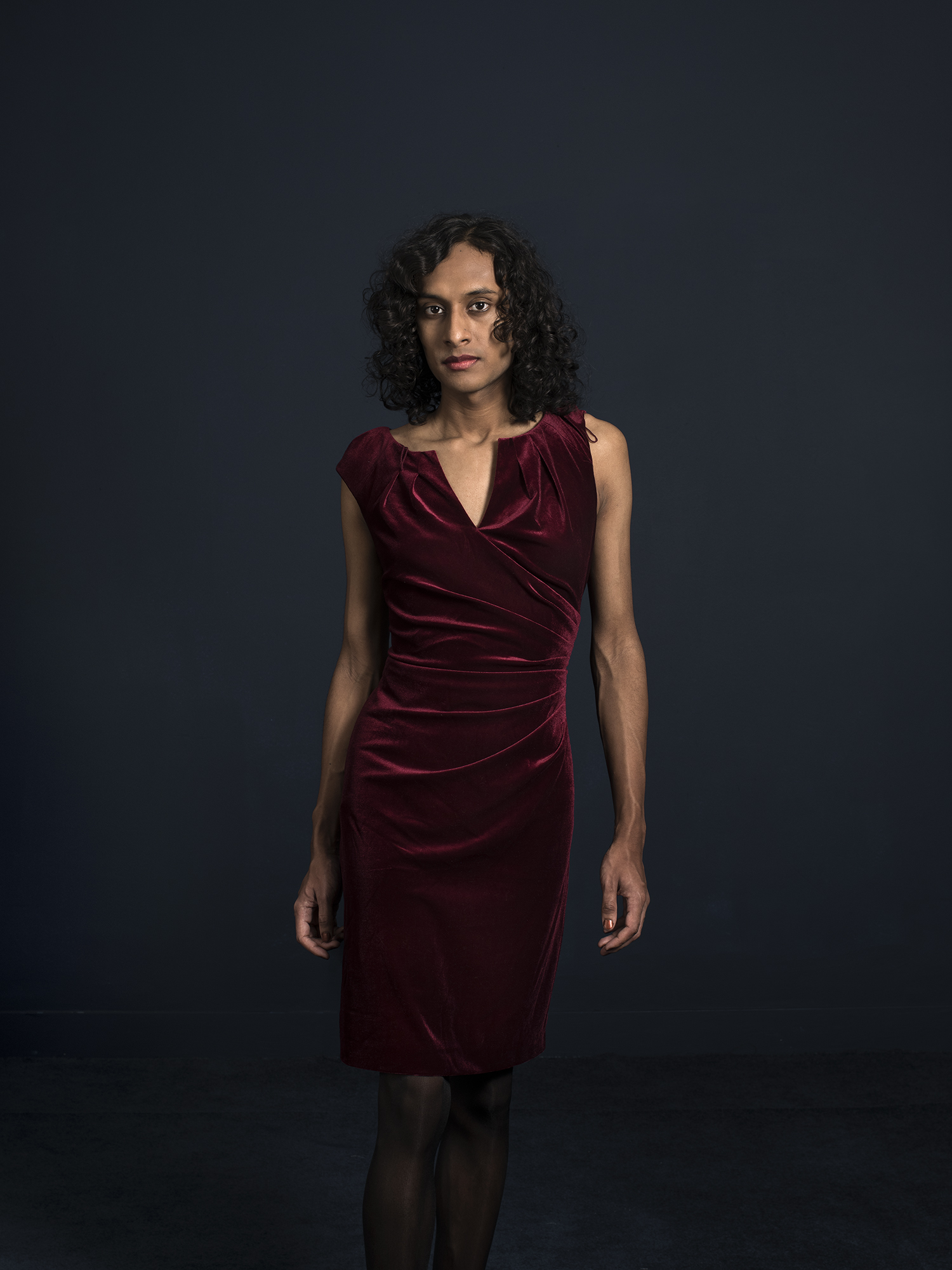
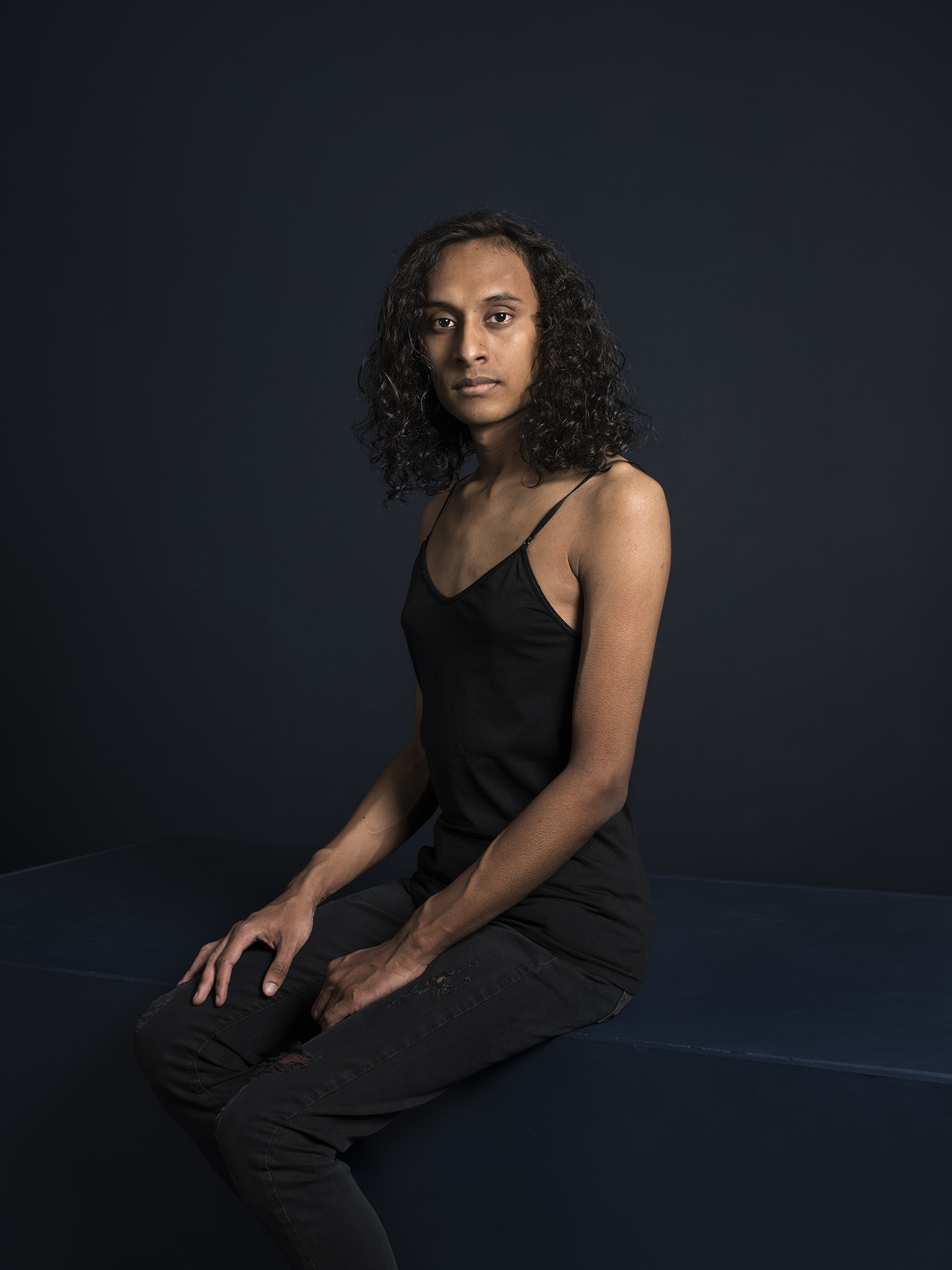
Translated by Lubov Borshevsky
New and best




